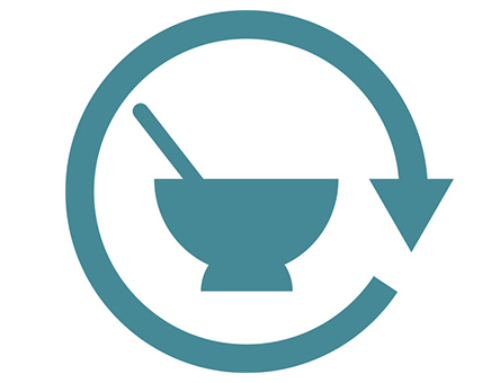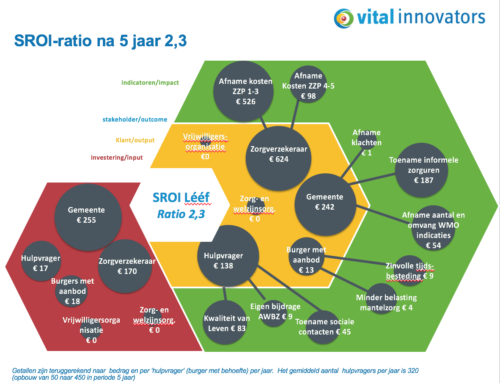The intention
The aim was to successfully and carefully introduce a new group of anticoagulants (NOAC’s) for stroke prevention (cerebral infarctions) in patients with atrial fibrillation (type of arrhythmia in which the heart beats irregularly and usually faster), so that uncertainties about the safety of the use of these substances in daily practice can be removed. There was also a need to investigate the cost-effectiveness of these agents in comparison with the 'existing' anticoagulant treatment of atrial fibrillation in the Netherlands using vitamin K antagonists with associated INR checks via a thrombosis service..
The approach
At the time of the introduction of NOACs for the prevention of stroke in patients with non-valvular atrial fibrillation (NVAF) in the Netherlands at the end 2012 At the request of the Ministry of Health, a guideline was drawn up with advice on the gradual and safe introduction of NOACs. The main reasons for this were the better organization of thrombosis care in our country compared to other Western countries and the possibly higher costs of treatment with a NOAC.. This guideline was drawn up by representatives of the scientific associations directly involved (NVVC, NIV, NVN, NOV, VAL/NVKC, NVZA/KNMP). The importance of following the guideline and ensuring a careful introduction was emphasized by the board of the Dutch Cardiology Association at the time.. was also, at the request of the government, a commission of inquiry has been set up to conduct the requested research into the safety and cost-effectiveness of these agents in daily practice. To this end, a pilot study was initially carried out with the VEKTIS claims database (insured details), in which patients treated with oral anticoagulation for the indication NVAF were identified. These insured data turned out to be insufficient (patient)contain information to be able to answer the questions asked. A new study was then devised to collect more patient-related data from daily practice. half february 2016 is the definitive plan at ZonMw for a 'national registration of anticoagulation for NVAF': Dutch AF Registry' and this extensive project is expected to start this year.
The result
Deviating from other introductions, the drafting of a guideline and additional research could be proposed, specific to the Dutch situation. The uncertainty and discussion that this sparked led to much (partly unnecessary and unjustified) negative publicity around NOACs and discussions among the practitioners (cardiologists, internists, neurologists, general practitioners and thrombosis service). It led to a slower-than-expected market launch, where not only the manufacturers of the NOACs but also patient associations were dissatisfied: Where is the patient himself in this story?
The lessons
Many parties were involved in the introduction of the NOACs, partly with conflicting interests. The interest of the patient faded somewhat into the background in this field of tension, while this should have formed the continuing basis for a careful introduction under the joint responsibility of the various parties. This would most likely have resulted in less commotion and could have answered questions about the safety and cost-effectiveness of the NOACs sooner., specific to the Dutch situation. Hans van Laarhoven (representative of the patient association Hart&Barrel group) said this beautifully: “That would argue for a general public induction procedure.”









